
This parent guide supports parents in helping their child at home with the 2nd Grade Social Studies content.
- Subject:
- Social Studies
- Material Type:
- Curriculum
- Reference Material
- Vocabulary
- Author:
- Kelly Rawlston
- Letoria Lewis
- Date Added:
- 03/06/2023

This parent guide supports parents in helping their child at home with the 2nd Grade Social Studies content.

This resource accompanies our Rethink 2nd Grade Social Studies History unit. It includes ideas for use, ways to support exceptional children, ways to extend learning, digital resources and tools, tips for supporting English Language Learners and students with visual and hearing impairments. There are also ideas for offline learning.

Students create a news story about a local citizen who exhibits good citizenship.

Our final chapter in 2nd grade is all about history - how we study it and how we learn about places - especially our community. The authors recognized early on that it would be impossible for us to write a community history for every community in Michigan, so we continue with our study of two - a small town and a larger town. Our hope is that you’ll have students make connections between these two featured communities and their own. How are they alike? How are they different?

Students will learn about the methods and tools needed to conduct a genealogical interview. It is included in an OurStory module entitled Great Women of Our Pasts.
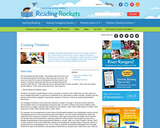
This resource provides timeline activities for grades K-5.

In this lesson, students create a news story about a local citizen who exhibits good citizenship.

In this lesson, students practice using language related to chronology. They work with the histories of their own lives as well as the history of their school. They begin to learn about different sources of information.

The lesson addresses how the community is impacted by innovators like George Washington Carver. Students examine the life of George Washington Carver and other innovators including those in the local community to learn about and use problem-solving skills and imagine themselves as problem-solvers and innovators.

The lesson looks more closely at how scientific and technological innovations have changed the way people meet their needs in communities. Robert Fulton is used as an example of an innovator in this lesson that focuses on changes in transportation.
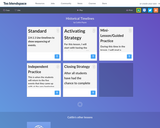
In this lesson, students create timelines of important events.

The lesson addresses how the community is impacted by innovators like George Washington Carver. Students examine the life of George Washington Carver and other innovators including those in the local community to learn about and use problem-solving skills and imagine themselves as problem-solvers and innovators.
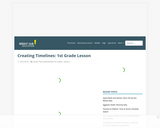
In this lesson, students place important life events in chronological order on a timeline, retell stories to describe past events, people, and places, and use primary sources (e.g. photos, artifacts, maps) to study people and events from the past.
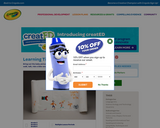
In this activity, students research when major events occurred in their lives and then create an illsutrated timeline showing these milestones.
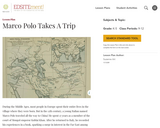
Students will learn about the remarkable travels of Marco Polo. They will consult maps to locate Venice and follow the routes Marco took to Beijing and back. They will learn about the challenges of traveling along the Silk Road, discover some interesting facts about China under Mongol rule, and find out how Marco came to produce his famous book.
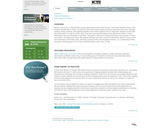
In this lesson students identify with Dr. King through reading, writing, listening, and speaking activities that provide a glimpse into Dr. King's life. Students record what they know about Dr. King on a KWL chart. They then read aloud the picture book My Brother Martin: A Sister Remembers and add information to the KWL. Throughout the week, they explore websites and other sources of information about Dr. King, record new information on the KWL chart, and keep a journal of their own thoughts and ideas. As a culminating activity, they plan a birthday party for Dr. King to celebrate is birthday.
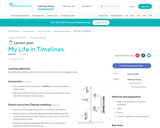
In this lesson, students identify life events and put them in chronological order.
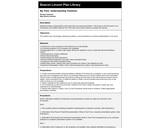
In this lesson, students practice using timelines and create their own personal timelines.
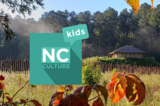
In this short video, students will learn the various ways people have gathered food across thousands of years.

In this lesson, students practice using language related to chronology. They work with the histories of their own lives as well as the history of their school. They begin to learn about different sources of information.